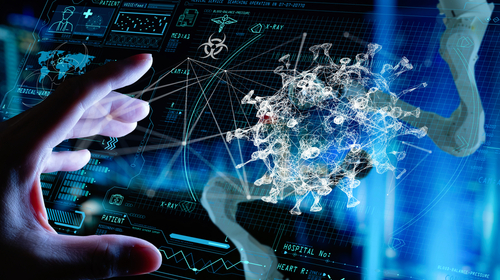
First responders and healthcare workers stand to benefit from a new partnership between the Biomedical Advanced Research and Development Authority (BARDA) and Evidation Health, which are sifting through data from wearable devices to create an early warning algorithm for COVID-19 symptoms.
This could allow the production of computer models capable of boosting real-time COVID-19 incidence prediction for both symptomatic and asymptomatic patients. It would have the added benefit of enhancing disease surveillance systems by making them better capable of detecting respiratory infections before symptom onset. The partners will weed through de-identified, patient-generated health data to achieve this.
The study is part of BARDA’s Rapidly Deployable Capabilities program, which seeks to identify and launch new solutions for identifying those with COVID-19 infections. Detection has been a problem with the disease throughout its course, as patients are likely capable of transmitting without realizing they even have it — or anyone else, for that matter.
“There is evidence that the novel coronavirus can be spread before an individual develops symptoms,” the National Foundation for Infectious Diseases wrote. “This poses a problem because people who do not know they are infected may continue to go to work, school, and other public places. People who are sick and have symptoms are more likely to stay home, which means fewer opportunities for the virus to spread from one person to another.
The symptoms also vary greatly individual to individual, according to the U.S. Department of Health and Human Services. What’s more, those symptoms vary over the course of infection.
The partnership allows Evidation to expand ongoing operations. Already, it has been working with BARDA on a project to monitor individuals for respiratory infections. This pilot study will bring utility into the picture by allowing greater means of self-monitoring and, potentially, improved health outcomes because of it. Healthcare workers and first responders will be enrolled, and, if successful, the study could lead to large-scale deployment.




